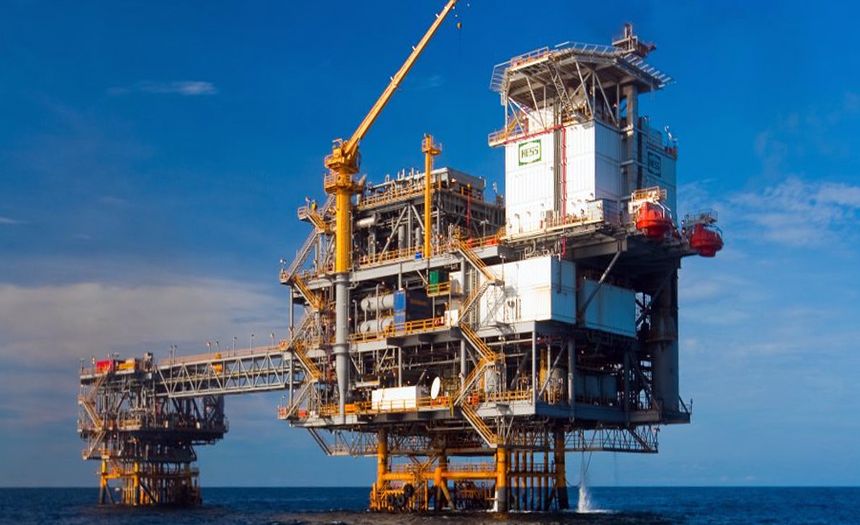The MENA region has a rich cultural heritage and history, as well as significant religious and linguistic diversity. The region includes countries such as Egypt, Iran, Iraq, Israel, Jordan, Saudi Arabia, Syria, and the United Arab Emirates, among others. The region has faced a number of political and economic challenges in recent years, including conflicts, economic instability, and social unrest. However, it also has significant potential for growth and development, particularly in areas such as renewable energy, tourism, and technology.
While the MENA region is a significant source of global economic resources, as you mentioned, it faces a number of challenges that have contributed to political instability and social unrest. Conflicts in Syria, Iraq, Iran, Libya, and Yemen have had a devastating impact on the region, causing displacement, loss of life, and economic disruption. In addition, the region has struggled with issues such as corruption, inequality, and limited political freedoms. The involvement of global powers such as the United States and Russia in these conflicts has further complicated the situation, turning the region into a proxy for their economic and political interests. However, there are also opportunities for growth and development in the region, particularly in areas such as renewable energy, tourism, and technology.
There is no standardized list of countries included in the MENA region, but it typically encompasses countries from Morocco in northwest Africa to Iran in southwest Asia and down to Sudan in Africa. Many of the countries in the region are members of OPEC and have significant reserves of oil and natural gas. However, the region also faces a number of challenges, including political instability, social unrest, and economic inequality. Despite these challenges, there are also opportunities for growth and development in areas such as renewable energy, tourism, and technology.
The Kingdom of Saudi Arabia
The Kingdom of Saudi Arabia is the largest economy in the MENA region and one of the largest oil producers in the world. Its economy is highly dependent on petroleum and natural gas exports, which account for a significant portion of its GDP and government revenue. In recent years, the government has undertaken a number of economic reforms aimed at reducing the country’s dependence on oil and diversifying its economy. These reforms include initiatives to develop the tourism sector, promote foreign investment, and support the growth of small and medium-sized enterprises. However, the country still faces a number of economic and social challenges, including high levels of youth unemployment and a significant gender gap in the workforce.
According to the International Monetary Fund’s 2021 estimates, Saudi Arabia had the largest GDP in nominal terms, with a figure of $793.97 billion, while Iran had the largest GDP in terms of purchasing power parity (PPP), with a figure of $1.68 trillion. However, other sources may have slightly different rankings, and the exact order of the largest economies in the region may vary depending on the year and the specific criteria used for measurement.
State of Israel
Israel is the second-largest economy in the MENA region, with a GDP of $488 billion in 2021. Unlike many of its neighbors, Israel is not an energy exporter and its economy is centered around industrial manufacturing, diamond cutting, and high technology. Israel has become a global leader in high-tech innovation and is known as the “start-up nation,” with a high number of start-ups per capita. Despite its economic success, Israel has faced a number of challenges related to geopolitical conflicts with its neighbors, including ongoing tensions with the Palestinian territories and surrounding Arab countries. These conflicts have created significant economic and social challenges for Israel, including high levels of military spending and restrictions on trade and diplomatic relations with some of its neighbors.
Egypt

Egypt has the largest economy in North Africa and the third-largest economy in the MENA region, with a GDP of $365 billion in 2020. Following the Arab Spring protests in 2011 and the overthrow of President Hosni Mubarak, the Egyptian economy underwent significant market reforms aimed at attracting foreign investment and reducing unemployment. The country is a major exporter of hydrocarbons, textiles, and agricultural products, and has made efforts to diversify its economy in recent years. However, Egypt still faces a number of economic and social challenges, including high levels of poverty and unemployment, as well as ongoing political instability and security concerns.
Niger
Niger’s economy will benefit in the coming years from rising oil production and exports. Niger is a landlocked West African nation with a GDP of $16.617 billion USD in 2023, based primarily on subsistence agriculture, animal husbandry, re-export trade, and the export of raw commodities such as uranium. Despite having large raw commodities and a relatively stable government and society not currently affected by civil war or terrorism, Niger consistently ranks among the least developed and most heavily indebted countries in the world, with a low per capita income and a Human Development Index score of 0.394 as of 2019. The government relies on aid from bilateral and multilateral sources for operating expenses and public investment, and short-term economic prospects depend on continued debt relief and extended aid from organizations such as the World Bank and IMF. Privatization and market deregulation plans instituted by these funders have been broadly adhered to by the post-1999 government of Niger.
Iran
Iran is the fifth-largest economy in the MENA region and petroleum exports play a significant role in its economy, although it is more diversified than many other oil-exporting countries in the region. However, the country has faced a number of economic challenges in recent years, including strict international economic sanctions related to its nuclear program and alleged support for terrorism. These sanctions have had a significant impact on the country’s economy, including restrictions on international trade and investment. In addition, Iran’s currency has weakened considerably in recent years, exacerbating inflation and other economic issues. Despite these challenges, Iran has continued to pursue economic reforms aimed at increasing foreign investment and reducing its dependence on oil exports.
Investing in the MENA Region
India has seen significant foreign investment in recent years, particularly in the research and development (R&D) sector, where it is the world’s largest recipient of FDI. The country has also attracted investment in the business and services sectors, as well as in manufacturing, including semiconductor production. Morocco has also experienced strong investment momentum, driven by its solid macroeconomic cycle and growing interest in its renewable energy potential. The country is the largest recipient of manufacturing FDI in the MENA region, after Saudi Arabia and Egypt. In particular, foreign investors are looking to combine Morocco’s solar and wind potential to produce green hydrogen, with projects potentially mobilizing billions of dollars in investment.

What are some of the specific industries that are expected to attract foreign investment in these countries?
There are several industries that are expected to attract foreign investment in the MENA region, particularly in countries such as Saudi Arabia, the UAE, and Egypt. Some of these industries include:
1. Renewable energy:
The region has significant potential for renewable energy, particularly solar and wind power, and many countries have set ambitious targets for renewable energy production. This has attracted significant investment in the sector, including in large-scale renewable energy projects and green hydrogen production.
2. Technology:
The region has a growing tech sector, with many startups and established companies focusing on areas such as fintech, e-commerce, and artificial intelligence. The development of smart cities and digital infrastructure has also created opportunities for foreign investment in the technology sector.
3. Manufacturing:
The region has a growing manufacturing sector, particularly in areas such as aerospace, automotive, and chemicals. Many countries have implemented policies to attract foreign investment in these industries, including the development of industrial zones and free trade zones.
4. Tourism:
The region has a rich cultural heritage and a growing tourism sector, with many countries investing in infrastructure and promoting their tourist attractions. This has created opportunities for foreign investment in areas such as hotels, resorts, and theme parks.
5. Healthcare:
The region has a growing healthcare sector, with many countries investing in hospitals, clinics, and medical research. This has created opportunities for foreign investment in areas such as healthcare infrastructure, medical devices, and pharmaceuticals.
The MENA region has several industries that are expected to attract foreign investment, including renewable energy, technology, manufacturing, tourism, and healthcare. Countries such as Saudi Arabia, the UAE, and Egypt have made significant efforts to improve their business environments and promote foreign investment. As a result, these countries are expected to continue to attract significant FDI inflows in the coming years. The region’s potential for renewable energy, growing tech sector, and developing manufacturing and tourism industries, as well as a growing healthcare sector, have created opportunities for foreign investment.



